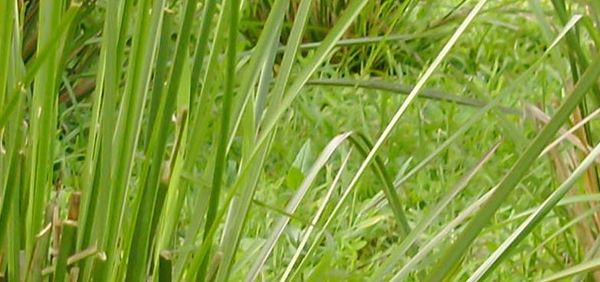mahanimba :
 A large deciduous tree grows up to 30 meters in height, with straight trunk. Leaves alternate, pinnately compound, large, 30-60 cm or more in length; leaflets 8-14 or more pairs, long stalked, ovate or broadly lance shaped from very unequal base, 6-10 cm long, 3-5 cm wide, often curved, long pointed, hairy gland, coarsely toothed and often lobed. Flower clusters droop at leaf bases, shorter than leaves, much branched; flowers many, mostly male and female on different trees, short stalked, greenish-yellow; Fruit a 1-seeded samara, lance shaped, flat, pointed at ends, 5 cm long, 1 cm wide, copper, strongly veined and twisted at the base.
A large deciduous tree grows up to 30 meters in height, with straight trunk. Leaves alternate, pinnately compound, large, 30-60 cm or more in length; leaflets 8-14 or more pairs, long stalked, ovate or broadly lance shaped from very unequal base, 6-10 cm long, 3-5 cm wide, often curved, long pointed, hairy gland, coarsely toothed and often lobed. Flower clusters droop at leaf bases, shorter than leaves, much branched; flowers many, mostly male and female on different trees, short stalked, greenish-yellow; Fruit a 1-seeded samara, lance shaped, flat, pointed at ends, 5 cm long, 1 cm wide, copper, strongly veined and twisted at the base. Taxonomical Classification
VERNACULAR NAMES
English: Tree of heavenHindi: Atu, Arlu, Artu
Malayalam: Matti, Mattippalmaram, Pongalyam, മട്ടി, പൊങ്ങല്യം
Synonyms
Synonyms in Ayurveda: pishachavraksa, Mahanimba, Deerkhavrinda, Arala, Pootivriksha, KhodakaranjaRasa: Kashaya Tikta
Guna: Laghu Ruksha
Veerya: Sheetha
Vipaka: Katu
Phytochemistry:
Plant contain a rich amount of beta sitosterole, vaitexin, 13-18 dehydroglucarabol-15, Ailanthione, and Glucarabol -15. The bark contains several quassinoids including ailanthone derivatives. They exhibit antitumour activity against P-388 lymphocytic leukaemia and are cytotoxic against KB test system.Parts used for medicinal purpose
Bark, ,Dosage:
Stem bark -1–3 g (API Vol. III.)Decoction—50–100 ml. (CCRAS.)
Morphology:
A large deciduous tree grows up to 30 meters in height, with straight trunk. Leaves alternate, pinnately compound, large, 30-60 cm or more in length; leaflets 8-14 or more pairs, long stalked, ovate or broadly lance shaped from very unequal base, 6-10 cm long, 3-5 cm wide, often curved, long pointed, hairy gland, coarsely toothed and often lobed. Flower clusters droop at leaf bases, shorter than leaves, much branched; flowers many, mostly male and female on different trees, short stalked, greenish-yellow; Fruit a 1-seeded samara, lance shaped, flat, pointed at ends, 5 cm long, 1 cm wide, copper, strongly veined and twisted at the base.Geographical distribution:
Throughout India, cultivated also growing wild.Therapeutic Uses:
Plant pacifies vitiated kapha, pitta, diarrhea, dysentery, worm infestations, skin diseases, gynecological diseases, fever, and found to be effective in Leukemia.Ayurvedic Formulations:
Common Ayurvedic Formulations of mahanimba with their IndicationsSukumaram Kashayam
KEY WORDS: ARALA, മട്ടി, പൊങ്ങല്യം
- » Classification and names of mahanimba
- » Synonyms and definitions of mahanimba
- » Drug Properties of mahanimba
- » Chemical Constituents of mahanimba
- » Standardization of mahanimba
- » Parts used and Dosage of mahanimba
- » Morphology and Histology of mahanimba
- » Distribution and Conservation of mahanimba
- » Cultivation of mahanimba
- » mahanimba in the market
- » Medicinal Uses of mahanimba
- » Researches and clinical trails of mahanimba
- » mahanimba in other sytems of medicine
- » Ayurvedic formulations with mahanimba
- » Images of mahanimba













